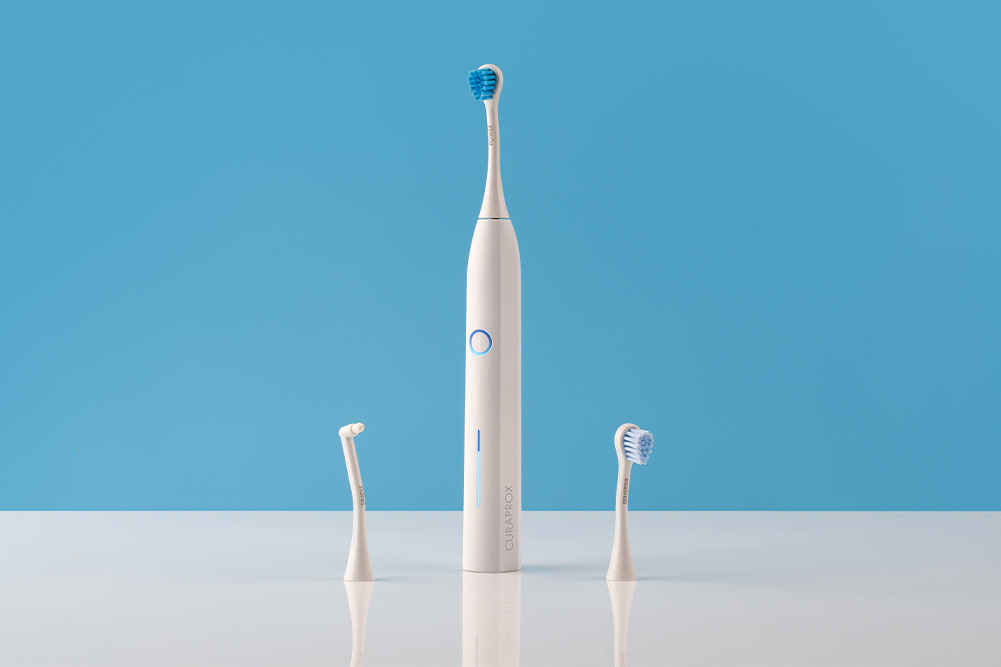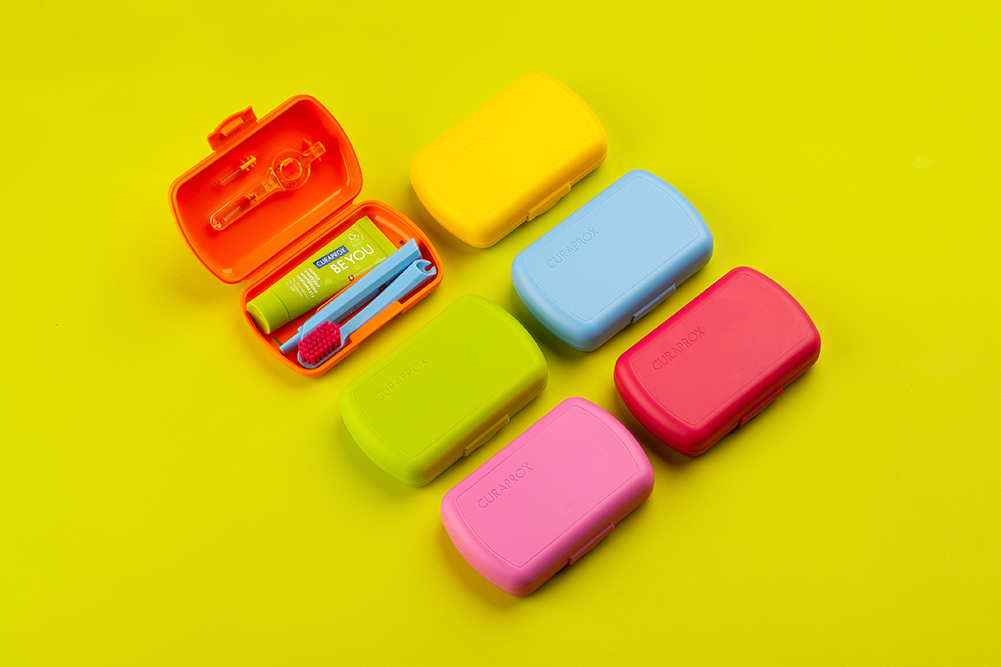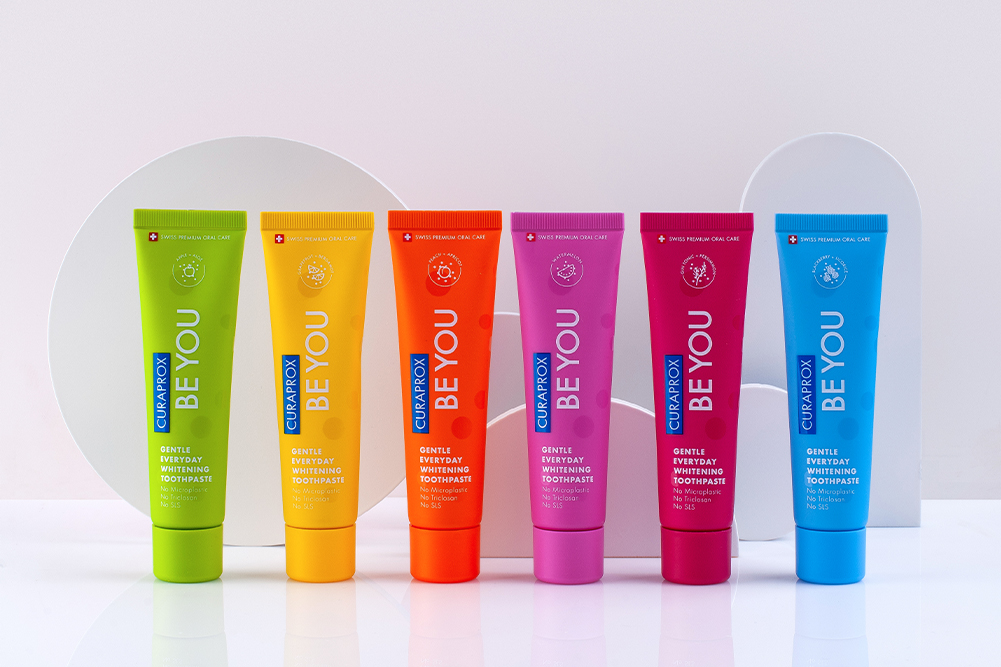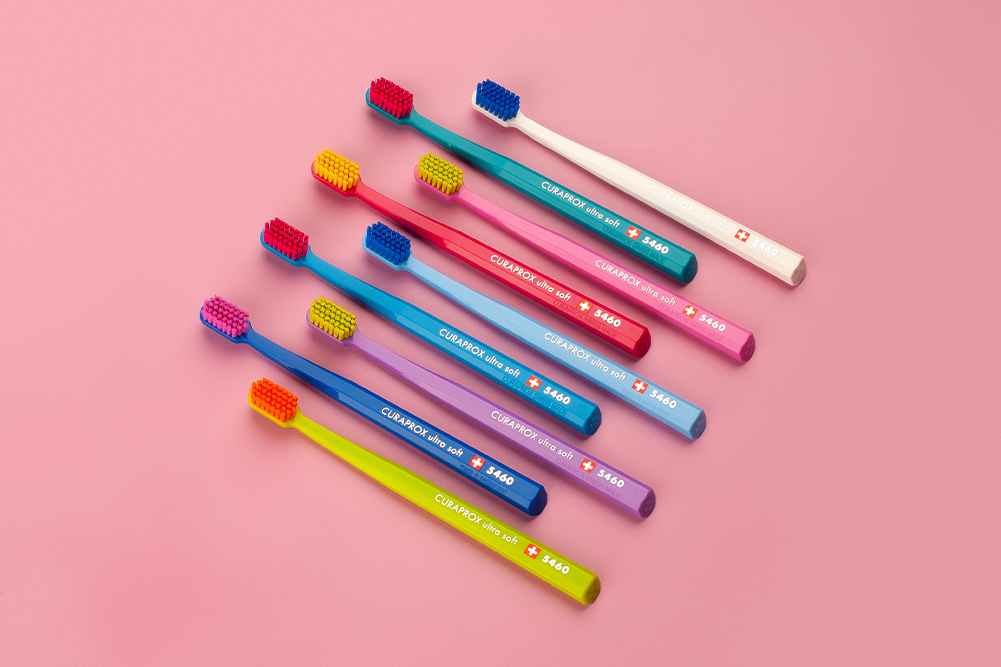A good dose of salt: how to use salt to heal your body
You’ve probably heard a lot of negative talk about salt, and it’s true that too much dietary salt isn’t healthy. However, this humble and ubiquitous mineral has many beneficial effects when used appropriately.
You’ve likely experienced the relaxing yet invigorating feeling that comes from a swim in the sea, for example, or a stroll by the ocean inhaling the salty air. And you don’t need to visit the ocean to get the benefits. Many salt-based therapies are available in spas and healing centres, and you can also design your own to do at home.
What is salt?
The most common form is the chemical compound sodium chloride (NaCl). In its natural form as a crystalline mineral, it is called rock salt or halite. Seawater has huge quantities of salt, with the ocean containing about 35 grams per litre, a salinity of 3.5 per cent.
Salt is processed from mines and by the evaporation of seawater. Evidence of salt-processing dates back to about 6000 BC, when people living in present-day Romania boiled spring water to extract it. Salt was prized by several ancient peoples, including the Hebrews, Greeks, Romans and Egyptians. It was vital for trade, being transported over the Mediterranean Sea and on purpose-built salt roads.
Sodium is essential for human health, playing a crucial role in conducting nerve impulses, contracting and relaxing muscles, as well as maintaining the correct balance of water and minerals. When used externally, salt can have benefits for the skin and respiratory system, largely due to its antimicrobial properties. There are several wellness-enhancing, salt-based therapies and products available, including scrubs, soaks, floatation, lamps and inhalation.
Scrub yourself healthy
When massaged onto the skin, salt scrubs have an exfoliating effect that removes dead surface cells, creating a fresh, healthy glow, explains beauty therapist Shannen Orton from Day Spa Noosa. They use an organic plant- and marine-based product, which also contains extracts of pineapple and papaya. “It forms a lather that removes impurities and brightens the skin,” Orton explains. “The salt helps to transport the fruit extracts into deeper layers, where the enzymes can have an even greater effect for exfoliating and smoothing the skin.”
She adds that salt treatments are about more than skin aesthetics. A salt-based scrub massage is deeply relaxing and nurturing, and an ideal way to soothe away stress as well as balance and nourish the body.
You don’t need to visit a spa to enjoy an exfoliating salt scrub. It’s easy to make your own at home.
Salt’s antibacterial qualities may be helpful for conditions such as acne. The American Academy of Dermatology says that exfoliation can also stimulate collagen production, which may help your skin stay firm and glowing. Exfoliation can also aid with the absorption of topical treatments such as moisturisers.
Make your own salt scrub
Although it’s a wonderful experience, you don’t need to visit a spa to enjoy an exfoliating scrub. It’s easy to make your own at home. You’ll need about one cup of salt, preferably a fine sea salt. Pour it into a large bowl and mix in a half or equal amount of oil of your choice, such as olive, coconut or almond (steer away from commercial cooking oils such as canola or safflower). Use the mixture as is or add several drops of your favourite essential oil(s). You can also replace some of the oil with honey for an extra-smooth, sweet-smelling scrub. Store your scrub in a glass jar.
Gently massage it onto your body, preferably in or before you shower. You can use circular motions over specific areas, or long strokes towards the heart to aid lymphatic drainage. Rinse off in the shower or bath. It’s best not to use a scrub every day, as excessive exfoliation can cause skin dryness and irritation. Two to three times a week is usually fine, unless your skin is dry and sensitive, in which case once a week would be enough.
Avoid exfoliating any skin that is burned, chapped, red, swollen or has recently undergone a chemical peel.
Float your stress away
Floatation therapy, also known as sensory-deprivation therapy, involves entering a tank where you are removed from all outside stimulation, including sound, sight and gravity. The tank water is heated to skin temperature and almost saturated with Epsom salt (magnesium sulphate), which means you float very easily.
Rod Webb, who runs Float Therapy Hervey Bay, explains that the tank water contains 350 kilograms of salt per 1000 litres, which is a salinity 10 times that of normal seawater. “The salt is magnesium sulphate, which is different to the salt in the sea,” he explains. “Your skin feels soft and silky after a float and doesn’t go all wrinkly like it does if you stay too long in the ocean.”
Floating weightless in the darkness and quiet (or with relaxing music softly playing) helps to induce a deep state of calm, as the brain and body enter a relaxed state. This can be helpful for managing conditions such as anxiety, stress and chronic pain.
A 2018 study published in journal PLoS One, for example, found that a one-hour session in a floatation tank reduced anxiety, stress, muscle tension and pain in 50 people with stress and anxiety disorders. The participants also reported a significant improvement in mood, characterised by increases in serenity, relaxation, happiness and overall wellbeing.
Floatation therapy may also be a useful preventative health measure. A 2014 study published in BMC Complementary and Alternative Medicine randomised 65 healthy people into either a wait-list control group or a treatment group that participated in 12 flotation sessions over seven weeks. They found that stress, depression, anxiety and “worst pain” were significantly decreased whereas optimism and sleep quality significantly increased for the flotation group.
A 2018 study published in journal PLoS One, for example, found that a one-hour session in a floatation tank reduced anxiety, stress, muscle tension and pain in 50 people with stress and anxiety disorders.
Some people claim that flotation therapy causes feelings of euphoria, inner peace, enhanced creativity and spiritual insight.
Floatation sessions usually last one to two hours and cost around $50 to $120, depending on the session length and location.
You can’t always get to a float tank, but you can experience some of the benefits in your bath at home. Simply adding salts to your bath (perhaps with some soothing essential oils) is an ideal way to unwind after a hard day. Salt can also be used in a sitz bath to soothe conditions of the perineal area like haemorrhoids or tearing after vaginal childbirth.
Epsom salts are most commonly used in baths. In water, it breaks down into magnesium and sulphate, which supposedly penetrates the body through the skin. Epsom salt baths can be used at home for painful joints and muscles, bruising, sprains, fibromyalgia, psoriasis, post-workout muscle soreness and to help with sleep.
There are also claims that Epsom salts may “draw out” harmful toxins from the body. Baths of 20 minutes or longer may help to relieve constipation. Soaking the feet in Epsom salts may help with ingrown toenails.
How to make an Epsom salt bath
You’ll need around two cups of Epsom salts for a standard-sized bathtub. As you turn on the water, start pouring the salt in under the running tap. This helps it to dissolve more quickly and mix fully into the water. The water should be warm but not too hot, and will feel a bit soapy. Soak in the tub for at least 12 minutes.
For additional benefit, add some essential oils. Try lavender, rose, chamomile or geranium for relaxation. Lemon and rosemary are good for boosting mood, or try lavender, marjoram and lemongrass for muscle aches.
Salty surroundings
Breathing in salty air, also known as halotherapy, has been claimed to be beneficial for respiratory conditions, such as asthma, chronic bronchitis and allergies. It may also help with smoking-related symptoms, such as a cough and shortness of breath, and with skin conditions such as psoriasis, eczema and acne.
Halotherapy is divided into wet and dry methods. Wet methods involve using a mixture of salt and water. Wet methods of halotherapy include things like gargling salt water, using salt water for nasal irrigation, and for salt baths and floatation as described.
Dry halotherapy usually happens in a purpose-built salt cave. This is a room set at a relatively cool temperature and low humidity, with a device called a halogenerator grinding salt into microscopic particles that are dispersed into the air.
At the Salt Caves in Mooloolaba, Himalayan salt is piled up on the floor and encrusted into the walls of the room. You relax in a lounge with your eyes closed while deeply inhaling the high concentrations of air-borne salt.
It is said to be an effective therapy for respiratory problems such as asthma, sinusitis and bronchitis, without any known side effects. The salt particles are claimed to absorb irritants, such as allergens and toxins, from the respiratory system. It is also claimed to break up mucus and reduce inflammation in the airways.
Breathing in salty air, also known as halotherapy, has been claimed to be beneficial for respiratory conditions such as asthma, chronic bronchitis and allergies.
The therapist tells me about a retired builder who purchased 10 sessions to help him with a chronic cough developed from years of inhaling sawdust. “After seven sessions, he asked if he could give the rest to his wife,” she explains. “He said his cough was gone and he was breathing better than he had in years.”
Of course, it’s not always possible to visit a salt cave, but you can still try salt inhalation. Himalayan salt-inhaler pipes are a relatively inexpensive way to see if it could work for you. They are shaped a bit like a horn with a flat bottom. You put salt crystals in a chamber, which has openings in it. At the top, a tube connected to the chamber ends in a mouthpiece.
When you breathe through the mouthpiece, air is sucked through the salt, so you are breathing in salt-infused air.
Studies are yet to decisively prove the benefits of salt inhalation. One study, published in 2007 in the journal Pneumologia, looked at 35 patients with chronic obstructive pulmonary disease (COPD) who used dry salt inhalers for up to 30 minutes per day for three months. They found no statistically significant changes in spirometry (a breathing test). However, the participants did perform significantly better on the six-minute walk test (which measure how far you can walk in six minutes) and a quality of life questionnaire. There were no serious adverse events. The researchers concluded that dry salt-inhaler therapy may be useful in COPD for improving exercise tolerance and quality of life.
A 2014 review of 151 studies into halotherapy for COPD noted that many of the studies were of low quality. The authors note that halotherapy can’t be recommended conclusively as a therapy for COPD until more high-quality studies are conducted.
The particles of dry halotherapy are also said to have a beneficial effect on the skin. It is claimed that the salt destroys the bacteria responsible for many skin conditions, normalises pH and stimulates skin repair and regeneration. In addition, dry salt therapy may help people with skin conditions such as acne, psoriasis, eczema, dermatitis and rosacea.
Himalayan salt lamps
These attractive lamps create a lovely pink glow that creates a calming ambience in any room. They are made from solid Himalayan salt from Pakistan and lit with an internal bulb. Many claims have been made about the health benefits of these lamps. The most common is that they emit negative ions, which are said to improve mood and enhance sleep. They are also claimed to clean the air and help relieve allergies.
While there are studies showing that negative air ionisation can reduce chronic depression and seasonal affective disorder (SAD), the research used a machine that creates negative ions through a molecular reaction. Studies to date have failed to prove that these lamps produce negative ions.
There is also no evidence that the salt lamps have the same effects on SAD and chronic depression.
However, if you find that they enhance your decor, there’s certainly no harm in them. Their gentle light is soothing and may be a good focus for meditation and mindfulness exercises, or for winding down in the evening.
Regardless of how you choose to get your good dose of salts, you’re using a therapy that’s been appreciated worldwide for thousands of years. Take a deep breath, relax and enjoy.








